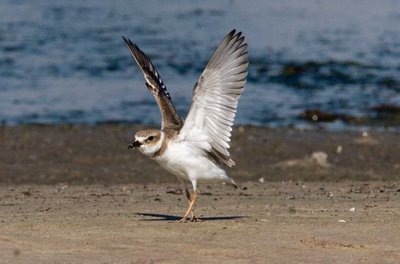
Venice is 2 hours north of Sanibel and in a small pond in, a very busy part of town, is a rookery. The rookery itself is made of Brazilian Pepper plants, an exotic, unwanted, invasive plant. However, in this place it makes a nice home for several pairs of Great Blue Herons. Pictured here is a pair sitting close to their nest atop of the rookery.





























